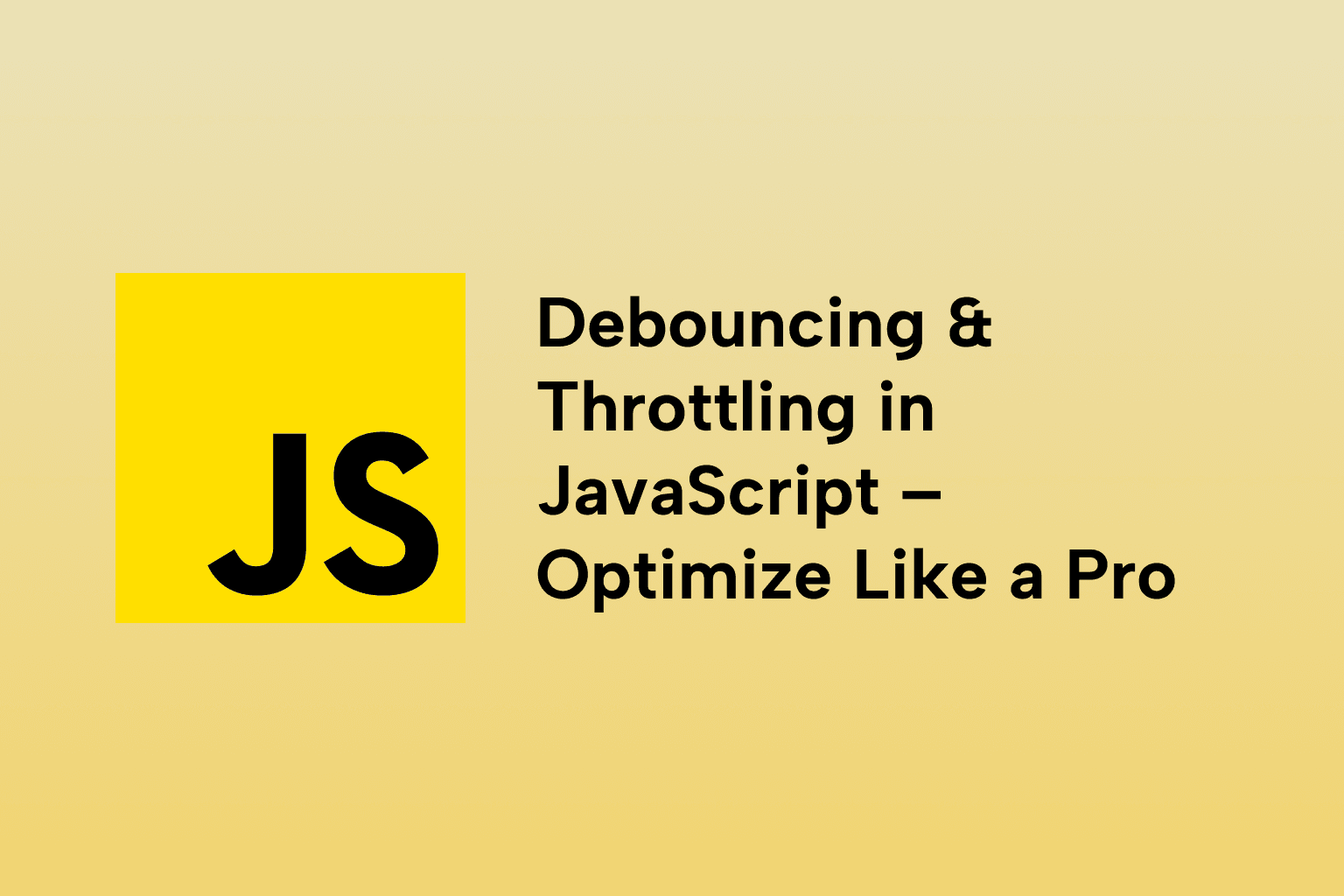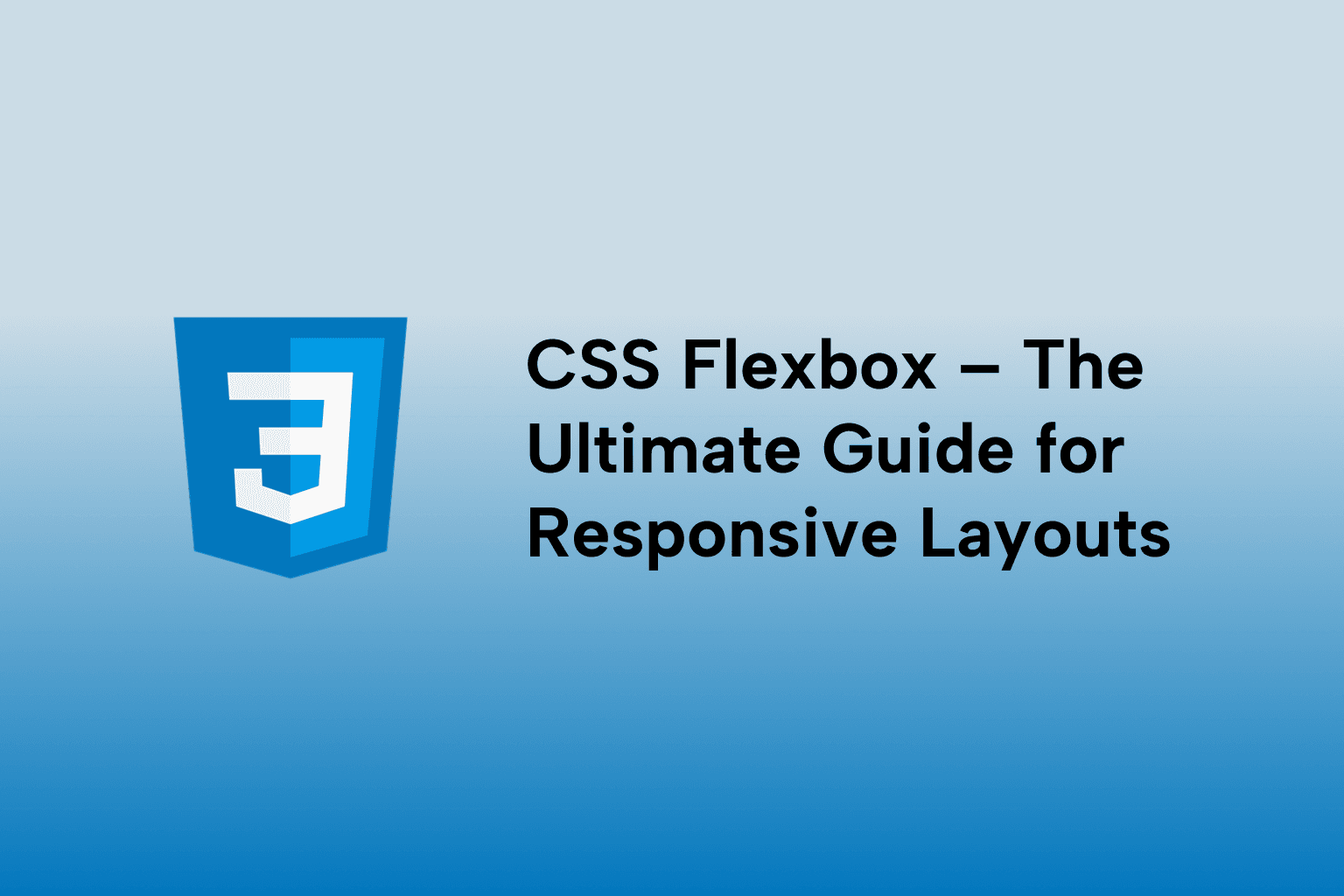Important Points in React.js Every Developer Should Know
 Emma George
Emma George
TABLE OF CONTENTS
Introduction
1 . React is Declarative, Not Imperative
2 . JSX is Just Syntactic Sugar
3 . Every Component Should Be Pure
4 . Master the useEffect Hook
5 . State and Props Are Different
6 . Don’t Mutate State Directly
7 . Understand Controlled vs Uncontrolled Components
8 . Context API is Not a Global State Manager
9 . Avoid Prop Drilling Using Context
10 . Memoization Can Prevent Unnecessary Renders
11 . Use Error Boundaries in Production
12 . Leverage Lazy Loading and Code Splitting
13 . Use TypeScript for Better Developer Experience
14 . Learn the Virtual DOM Lifecycle
15 . Performance Matters
16 . React DevTools is Your Best Friend
17 . Component Naming and File Structure Matters
Final Thoughts
Introduction
React.js continues to dominate the front-end ecosystem. Whether you're a beginner or a seasoned developer, certain concepts and techniques in React are non-negotiable for writing efficient, scalable applications.
In this blog, we’ll cover some important points every React developer should know, including core concepts, performance practices, architectural tips, and debugging strategies.
1 . React is Declarative, Not Imperative
Unlike jQuery or vanilla JS where you manually update the DOM, React lets you describe what the UI should look like for a given state, and React takes care of updating it efficiently.
2 . JSX is Just Syntactic Sugar
JSX helps write HTML-like structures in JavaScript, but under the hood, it’s just a call to React.createElement.
const element = <h1>Hello</h1>;
// is equivalent to:
const element = React.createElement("h1", null, "Hello");
3 . Every Component Should Be Pure
A component should return the same output for the same input. Avoid side effects during rendering. This helps with predictability and debugging.
4 . Master the useEffect Hook
useEffect is powerful but often misused. Always declare dependencies, clean up side effects, and avoid triggering infinite re-renders.
useEffect(() => {
const id = setInterval(() => console.log("tick"), 1000);
return () => clearInterval(id);
}, []);
5 . State and Props Are Different
- Props are read-only inputs passed from parent to child.
- State is local and mutable using useState or similar hooks. Misusing props/state boundaries can lead to hard-to-debug bugs.
6 . Don’t Mutate State Directly
// ❌ Bad
state.items.push(newItem);
// ✅ Good
setItems(prev => [...prev, newItem]);
7 . Understand Controlled vs Uncontrolled Components
- Controlled: Input state is maintained in React.
- Uncontrolled: DOM maintains its own state using refs. Controlled components are easier to validate and debug.
8 . Context API is Not a Global State Manager
Use Context for truly global, non-frequently changing data like themes or auth—not for dynamic state like cart items or API responses.
9 . Avoid Prop Drilling Using Context
When passing props through multiple layers, consider Context API to simplify code.
10 . Memoization Can Prevent Unnecessary Renders
Use React.memo, useMemo, and useCallback to prevent re-renders in expensive components.
const memoizedValue = useMemo(() => computeValue(input), [input]);
11 . Use Error Boundaries in Production
Wrap important UI sections with error boundaries to prevent crashes from breaking the entire app.
12 . Leverage Lazy Loading and Code Splitting
Use React.lazy and Suspense to load components only when needed:
const LazyComponent = React.lazy(() => import('./MyComponent'));
13 . Use TypeScript for Better Developer Experience
It improves autocomplete, prevents bugs, and enhances maintainability in large projects.
14 . Learn the Virtual DOM Lifecycle
React compares virtual DOM trees using the diffing algorithm and updates only the changed elements. Knowing this helps you optimize performance.
15 . Performance Matters
- Avoid unnecessary re-renders
- Use keys correctly in lists
- Debounce expensive operations
- Use useTransition for slow updates in React 18+
16 . React DevTools is Your Best Friend
Inspect props, state, performance timings, and hook values directly in Chrome.
17 . Component Naming and File Structure Matters
Follow naming conventions, organize files by features, and keep components focused and small.
/components
/Button
/Navbar
/pages
/about
/contact
Final Thoughts
React is simple to start with but requires deeper understanding to master. By embracing best practices, patterns, and optimization techniques, you’ll write code that is robust, maintainable, and delightful to users.
Whether you're working on a small startup project or contributing to a large-scale enterprise application, these React.js principles will serve as your foundation in 2025 and beyond.

Emma George
Software Engineer
Senior Software Engineer



